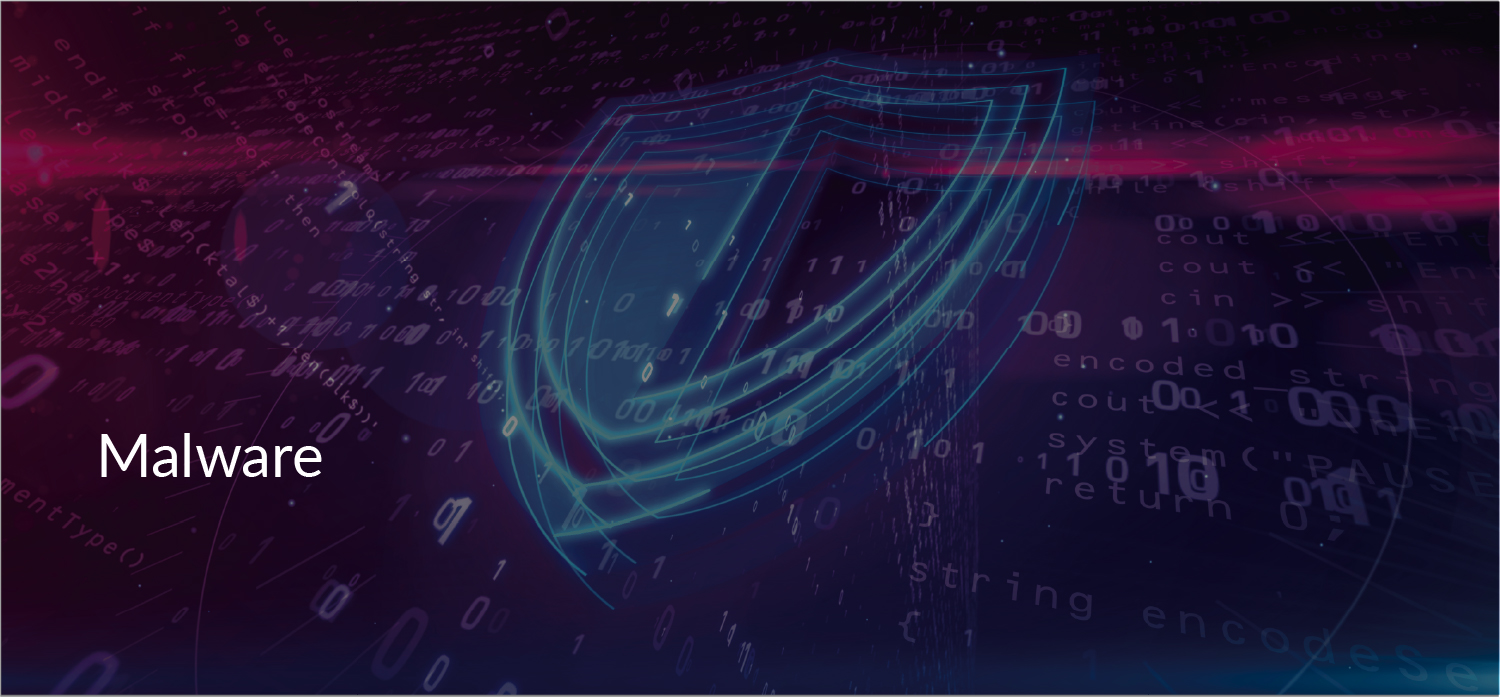Malicious software, commonly known as “malware”, is a category of a computer program that is designed to run for the benefit of those other than the owner of the computer that hosts it. Although many types of malware cause harm, the destruction of data or the inconvenience caused to the computer owner is not the defining feature of malware.In many cases, you do not realize that your computer has been infected by malware. You only notice occasional odd behavior in your computer, but ignore it. When your computer starts acting strangely, you could be the target of cybercrime.The different types of malicious software that can get onto your computer include but are not limited to;
VirusThe virus is the best-known form of malware. The distinctive feature of a virus is that it is able to replicate itself to spread, and it usually attaches itself to another, commonly used, a legitimate program that acts as its On switch.The associated file also acts as a transport mechanism. If a virus attaches to a music file, whenever that file is copied onto a disk, memory card, or USB stick, the virus goes with it. The virus will also accompany the infected file when it is transferred over the internet.The best way to avoid infection by viruses is to install an antivirus system that rely on a database of characteristics that’s constantly updated by the producers of the software. This update function is part of the value of the antivirus program, so you should make sure that you keep your system up to date.
WormWorms are very similar to viruses. The distinction between a virus and a worm is that the virus spreads on physical media, such as a bootable disk, and the worm is delivered over the internet. Whereas a virus attaches itself to another program, the worm is an independent process.A worm infects a network rather than just an individual computer because it communicates with other devices associated with the computer is has already infected.
TrojanThe Trojan advertises itself as a useful program. This might be a file space cleaner, or a utility that speeds up your computer. Sometimes, you really do get the useful tool and it may work very well. The Trojan is installed along with the desired program through an installer wizard without your knowledge. The Trojan is just a delivery system.
SpywareThe purpose of spyware is to steal your data and report on your activities. There are many different types of spyware programs and they don’t just infect computers, phones, and tablets. The most common spyware is the keylogger.One type of spyware, called a RAM scraper, specializes in infecting electronic point of sales devices, which means store cash registers. The RAM scraper harvests the payment details of customers as it rests fleetingly in the storage of the machine.
AdwareAdware takes several different forms, but it usually operates through your browser or network settings. The purpose of adware is to make you look at an advert that earns the controlling entity money.Adware can be implemented by redirecting your web visits to pages other than the one you thought you were going to. Another technique involves hijacking your browser settings to add on unwanted toolbars and alter your default search engine.
RansomwareIn a ransomware attack, a virus encrypts all of the files on your computer. Nothing is stolen or damaged, but everything on your computer is locked away and you can’t accesses it again without paying a hacker money for the decrypting key. Ransomware attacks spread quickly. The encryption systems that implement them are usually delivered by Trojans and worms.
How to protect yourself from MalwareThe main defenses against all forms of malware are pretty much the same
- Be cautious about where you copy files from and do some research before you download a free utility.
- Purchase genuine copies of applications, music and games and avoid free versions.
- Do not download software or zip files from torrent systems
- As an antimalware minimum, make sure you turn on the antivirus and firewall programs that are available in your operating system.
- Let the antivirus and firewall run from start up and allow them to scan and update automatically.
Never download attachments from emails. If you receive an email from a company in response to your request for information, then that file should be safe to download. However, you should always be cautious of PDF files and Flash videos even if they have been sent to you by a known person or entity







